Home>Home Appliances>Cleaning Appliances>How To Mop Engineered Hardwood Floors
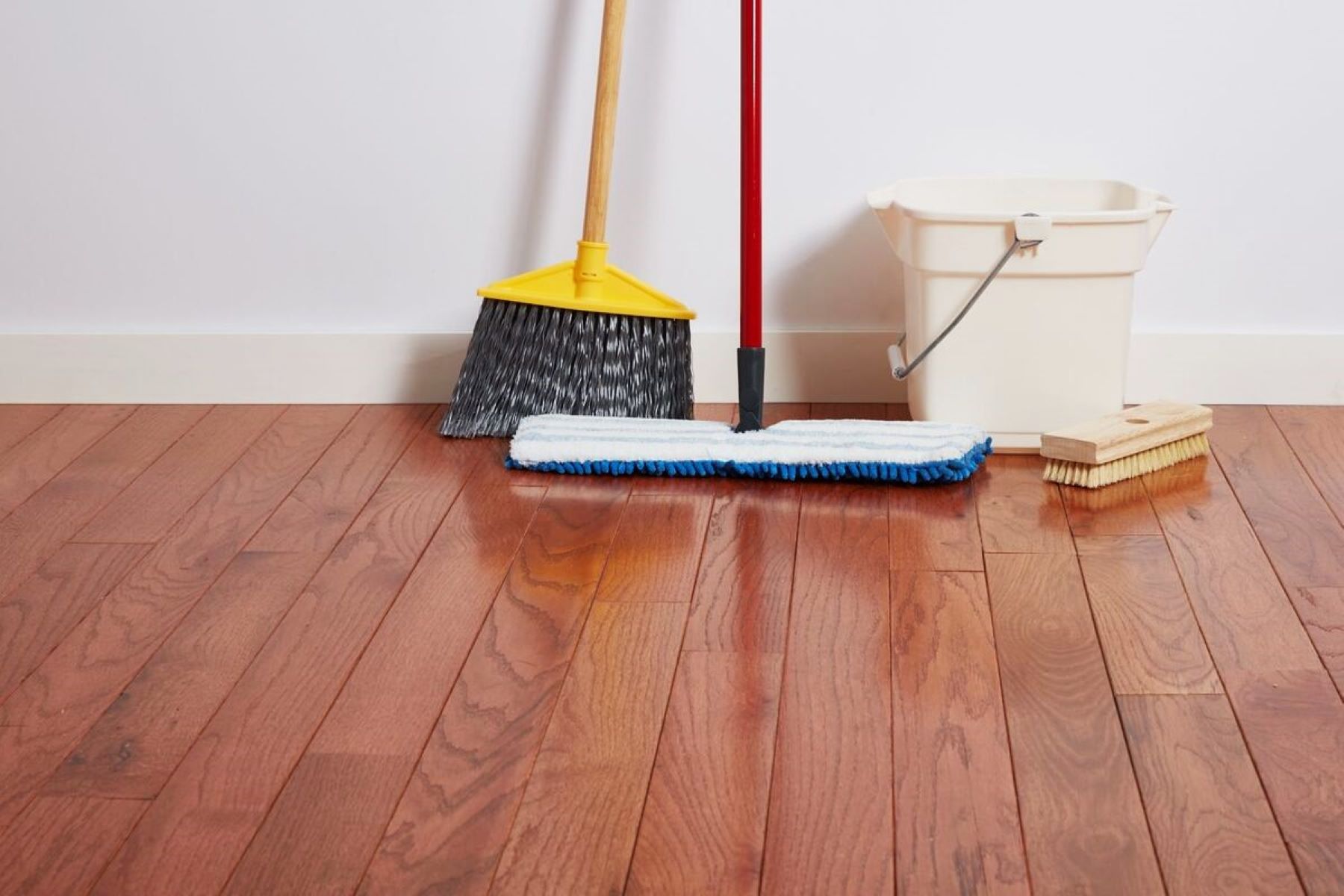

Cleaning Appliances
How To Mop Engineered Hardwood Floors
Modified: March 24, 2024
Learn the best techniques for cleaning engineered hardwood floors and maintaining their shine with the right cleaning appliances. Keep your floors looking like new!
(Many of the links in this article redirect to a specific reviewed product. Your purchase of these products through affiliate links helps to generate commission for Storables.com, at no extra cost. Learn more)
Introduction
Welcome to the comprehensive guide on how to effectively clean and maintain engineered hardwood floors. Engineered hardwood floors are a popular choice for homeowners due to their durability, aesthetic appeal, and ease of maintenance. However, to ensure their longevity and pristine appearance, it's essential to employ the correct cleaning techniques and tools.
In this article, we will delve into the intricacies of cleaning engineered hardwood floors, providing valuable insights into the best practices for maintaining their luster and protecting them from potential damage. Whether you're a seasoned homeowner or a first-time floor cleaner, this guide will equip you with the knowledge and skills necessary to keep your engineered hardwood floors looking flawless for years to come.
So, let's roll up our sleeves and embark on a journey to discover the most effective methods for cleaning and preserving the beauty of your engineered hardwood floors. Whether you're dealing with spills, pet dander, or simply the daily accumulation of dust and debris, this article will serve as your go-to resource for achieving spotless, gleaming floors that will be the envy of all your guests.
Key Takeaways:
- Choose a microfiber mop for gentle and effective cleaning of engineered hardwood floors. Avoid excessive water and abrasive tools to preserve the floor’s finish and beauty.
- Prioritize gentle pressure, directional mopping, and frequent rinsing to maintain the luster of engineered hardwood floors. Thoroughly dry the floors post-mopping to prevent moisture-related damage.
Read more: How To Install Engineered Hardwood Floor
Understanding Engineered Hardwood Floors
Before diving into the cleaning process, it’s crucial to understand the composition of engineered hardwood floors. Unlike solid hardwood, which is crafted from a single piece of wood, engineered hardwood is constructed from multiple layers of wood veneer, topped with a layer of hardwood. This layered construction enhances its stability and resistance to moisture, making it suitable for areas where solid hardwood may not be recommended, such as basements or kitchens.
The top layer of engineered hardwood is composed of genuine hardwood, providing the same elegant appearance as solid hardwood floors. Beneath the hardwood veneer, multiple layers of plywood or high-density fiberboard (HDF) are bonded together in a cross-grain configuration. This cross-grain construction minimizes the expansion and contraction of the planks, offering greater dimensional stability compared to solid hardwood.
Understanding the composition of engineered hardwood floors is essential for their proper maintenance. While engineered hardwood is more resistant to moisture and temperature fluctuations than solid hardwood, it’s still imperative to avoid excessive exposure to water and high humidity levels. Additionally, the protective finish applied to engineered hardwood floors can wear down over time, making them susceptible to scratches and stains.
By comprehending the unique characteristics of engineered hardwood floors, you’ll be better equipped to choose the most suitable cleaning methods and products, ensuring the longevity and beauty of your floors. In the following sections, we’ll explore the best practices for cleaning and maintaining engineered hardwood floors, taking into account their composition and specific care requirements.
Preparing the Area
Prior to commencing the cleaning process, it’s essential to prepare the area to ensure optimal results and prevent potential damage to the engineered hardwood floors. Here are the key steps to prepare the area before mopping:
- Clear the Floor: Remove any obstacles, furniture, or rugs from the area to be cleaned. This will allow for unrestricted access and thorough cleaning of the entire floor surface.
- Dust and Debris Removal: Use a soft-bristled broom, microfiber dust mop, or vacuum with a hardwood floor attachment to remove loose dust, dirt, and debris from the floor. Avoid using a vacuum with a beater bar, as it can potentially scratch the floor’s surface.
- Address Spills and Stains: If there are any spills or stains on the floor, address them promptly using a recommended hardwood floor cleaner or a damp microfiber cloth. Avoid using harsh chemicals or abrasive cleaning tools, as they can damage the floor’s finish.
- Protective Pads: If moving furniture, ensure that protective pads or felt glides are affixed to the legs to prevent scratches or indentations on the floor during the cleaning process.
By diligently preparing the area before mopping, you can safeguard the integrity of the engineered hardwood floors and optimize the effectiveness of the cleaning process. These preparatory measures lay the foundation for a thorough and successful cleaning routine, ensuring that your floors remain pristine and free from damage.
Choosing the Right Mop
When it comes to cleaning engineered hardwood floors, selecting the appropriate mop is crucial to achieving a thorough and safe cleaning process. Here are the key considerations for choosing the right mop:
- Microfiber Mops: Opt for a microfiber mop, as it is gentle on engineered hardwood floors and effectively traps dust, dirt, and debris without leaving behind streaks or residue. Microfiber mops are highly absorbent and can be used dry for regular dusting or dampened for deeper cleaning.
- Spray Mops: Consider a spray mop designed specifically for hardwood floors, as they are equipped with refillable bottles for hardwood floor cleaners. These mops allow for targeted cleaning by spraying the cleaning solution directly onto the floor, minimizing the risk of over-saturation.
- Sponge Mops: Avoid using traditional sponge mops or string mops, as they tend to retain excess water and can leave behind moisture that may damage the wood. Additionally, sponge mops can push dirt into the crevices of the floor, making it challenging to achieve a thorough clean.
- Mop with Swivel Head: Look for a mop with a swivel head, as it allows for easy maneuverability around furniture and tight spaces, ensuring that every area of the floor is effectively cleaned.
By choosing the right mop for your engineered hardwood floors, you can streamline the cleaning process while safeguarding the integrity of the wood. The selected mop should facilitate efficient dirt and debris removal without compromising the floor’s finish or exposing it to excessive moisture. With the appropriate mop in hand, you’ll be well-equipped to maintain the pristine appearance of your engineered hardwood floors with ease and confidence.
Use a damp mop with a hardwood floor cleaner specifically designed for engineered hardwood. Avoid excess water and harsh chemicals to prevent damage.
Mopping Techniques
When it comes to mopping engineered hardwood floors, employing the correct techniques is essential to ensure thorough cleaning while preserving the floor’s finish and structural integrity. Here are the recommended mopping techniques for engineered hardwood floors:
- Damp Mopping: For routine cleaning, lightly dampen the microfiber mop with a hardwood floor cleaner specifically formulated for engineered hardwood. Avoid using excessive water, as standing moisture can seep into the wood and cause damage. Always wring out the mop thoroughly to remove excess moisture before mopping the floor.
- Gentle Pressure: Apply gentle pressure while mopping to effectively remove dirt and grime without exerting excessive force on the floor’s surface. Avoid using abrasive scrubbing pads or brushes, as they can scratch or dull the finish of the engineered hardwood.
- Directional Mopping: Mop in the direction of the wood grain to ensure that the cleaning process aligns with the natural pattern of the floor. This technique helps prevent streaking and ensures a uniform, polished appearance after mopping.
- Spot Cleaning: For localized stains or spills, use a dampened microfiber cloth or mop to spot clean the affected area. Avoid allowing spills to remain on the floor for an extended period, as they can seep into the wood and compromise the finish.
- Frequent Rinse: If using a mop with a reusable pad, rinse it frequently during the cleaning process to prevent the accumulation of dirt and grime. This ensures that the mop effectively lifts and removes contaminants from the floor without redistributing them across the surface.
By adhering to these mopping techniques, you can maintain the cleanliness and luster of your engineered hardwood floors while minimizing the risk of damage or wear. Consistent application of these techniques will contribute to the long-term preservation of your floors, allowing them to retain their natural beauty and elegance for years to come.
Read more: How To Mop Hardwood Floors With Vinegar
Drying and Maintenance
After completing the mopping process, it’s crucial to ensure that the engineered hardwood floors are thoroughly dried to prevent moisture-related damage and maintain their pristine condition. Here are the essential steps for drying and maintaining the floors post-mopping:
- Air Circulation: Allow for adequate air circulation in the cleaned area by opening windows or using fans to expedite the drying process. This helps prevent moisture from lingering on the surface and penetrating the wood.
- Microfiber Cloth: If there are any residual damp areas on the floor, use a clean, dry microfiber cloth to gently blot and absorb the moisture. Avoid using towels or cloths with rough textures, as they can potentially scratch the floor’s finish.
- Regular Inspections: Periodically inspect the floor for any signs of moisture retention or residual cleaning solution. Promptly address any damp spots or streaks to ensure that the floor is completely dry and free from cleaning residue.
- Preventative Maintenance: Implement preventative maintenance measures, such as placing mats at entryways to trap dirt and moisture, using furniture pads to prevent scratches, and promptly addressing spills or stains to minimize their impact on the floor’s finish.
- Regular Cleaning Schedule: Establish a regular cleaning schedule to maintain the cleanliness and appearance of the engineered hardwood floors. Consistent maintenance and cleaning routines contribute to the long-term durability and aesthetic appeal of the floors.
By diligently adhering to the drying and maintenance steps, you can safeguard the integrity of your engineered hardwood floors and prolong their lifespan. These proactive measures not only preserve the floor’s beauty but also contribute to a healthy indoor environment by minimizing the accumulation of dust, allergens, and contaminants.
Conclusion
Congratulations! You’ve now gained valuable insights into the best practices for cleaning and maintaining engineered hardwood floors. By understanding the composition of engineered hardwood, preparing the area, choosing the right mop, employing effective mopping techniques, and ensuring thorough drying and maintenance, you are well-equipped to preserve the beauty and integrity of your floors for years to come.
Remember, the key to maintaining engineered hardwood floors lies in a combination of gentle cleaning methods, proactive maintenance, and consistent care. By incorporating these practices into your regular cleaning routine, you can enjoy the timeless elegance and durability of engineered hardwood floors without compromising their quality.
Whether you’re tackling routine cleaning or addressing specific spills and stains, the knowledge and techniques you’ve acquired will serve as your guiding light, ensuring that your floors remain spotless and gleaming. With the right approach and attention to detail, you can showcase the natural allure of your engineered hardwood floors, transforming them into a focal point of beauty within your home.
So, go ahead—put your newfound expertise to the test and revel in the satisfaction of impeccably maintained engineered hardwood floors that exude warmth, charm, and sophistication.
Here’s to the enduring allure of your stunning engineered hardwood floors!
Frequently Asked Questions about How To Mop Engineered Hardwood Floors
Was this page helpful?
At Storables.com, we guarantee accurate and reliable information. Our content, validated by Expert Board Contributors, is crafted following stringent Editorial Policies. We're committed to providing you with well-researched, expert-backed insights for all your informational needs.
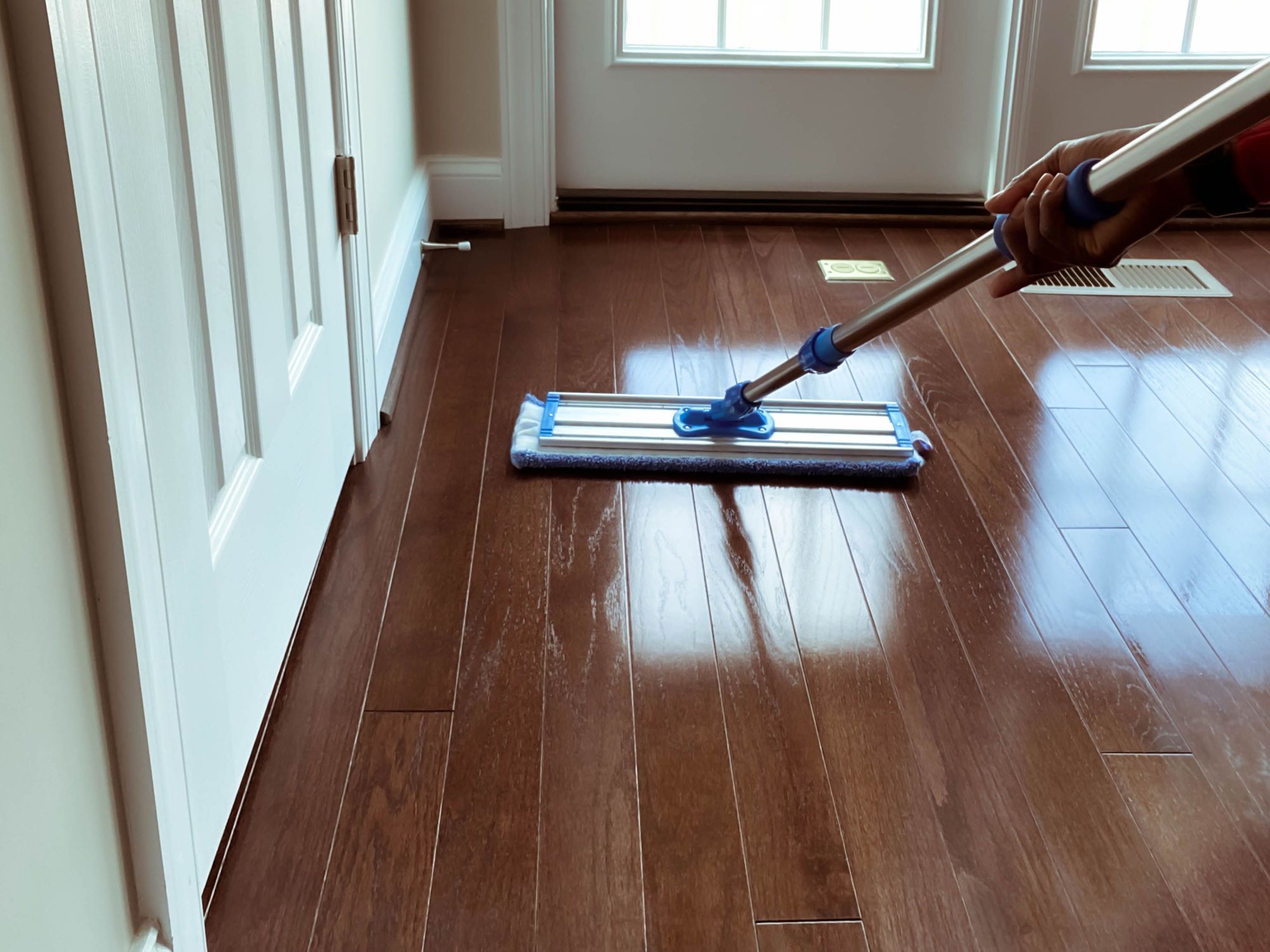
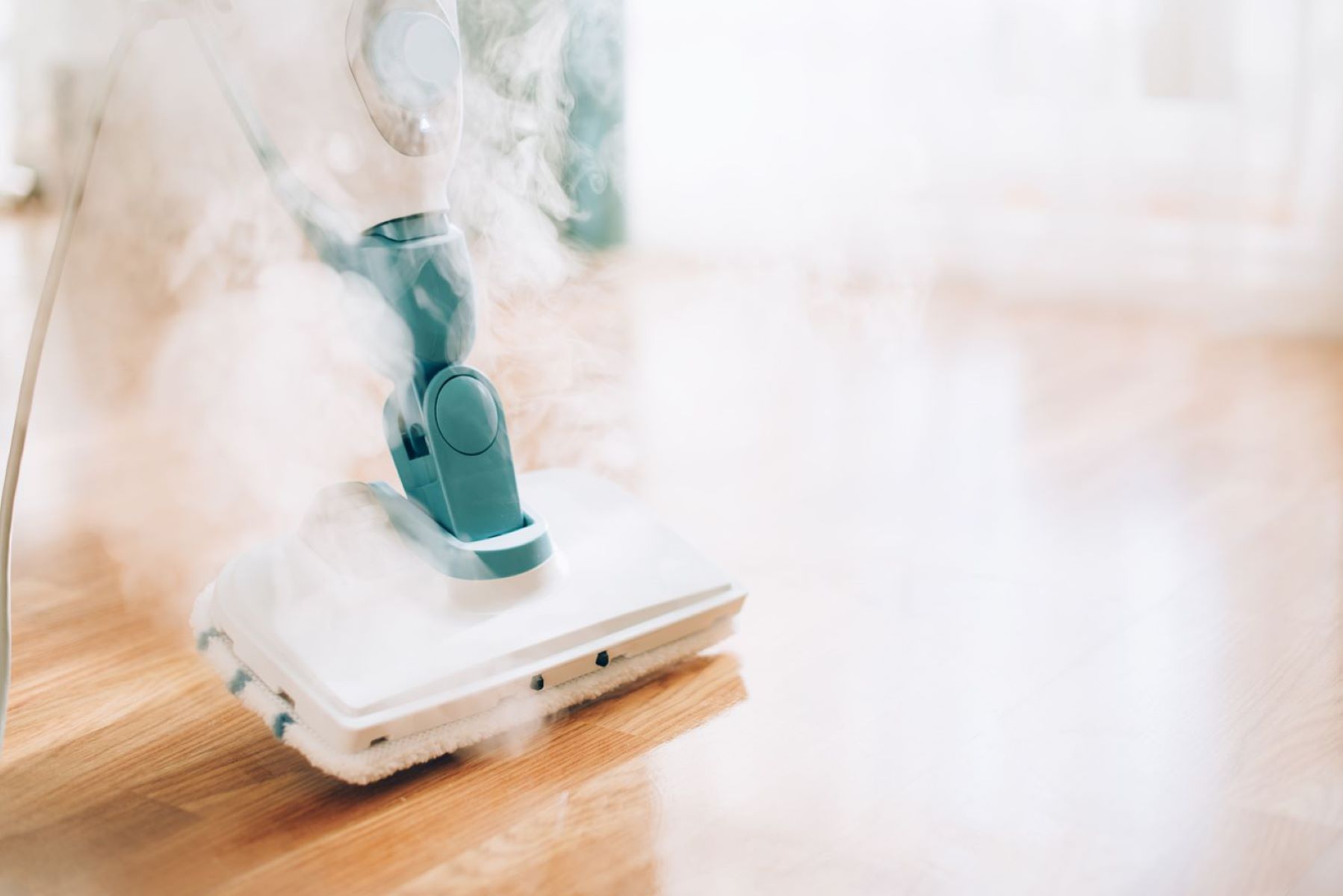
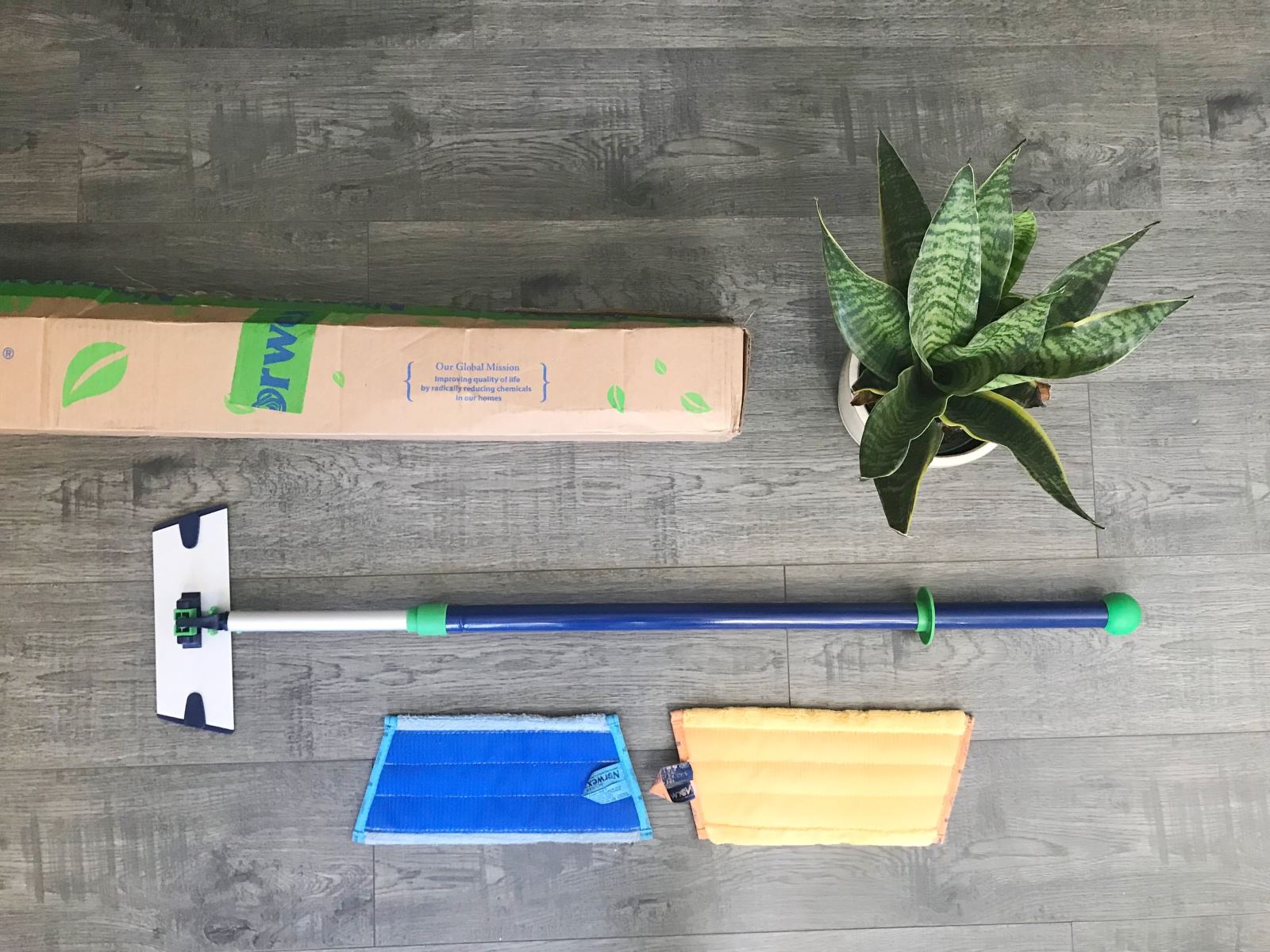
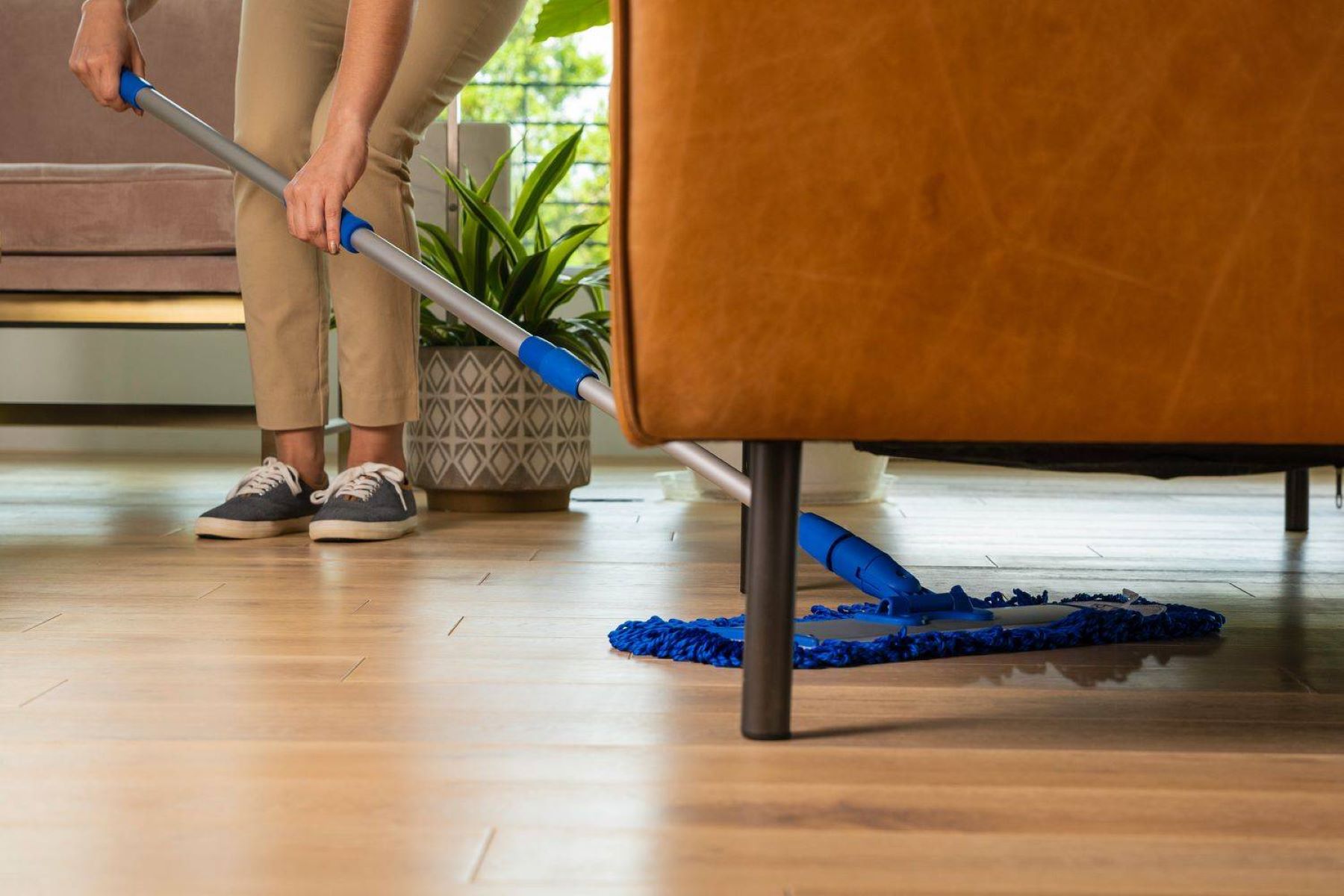
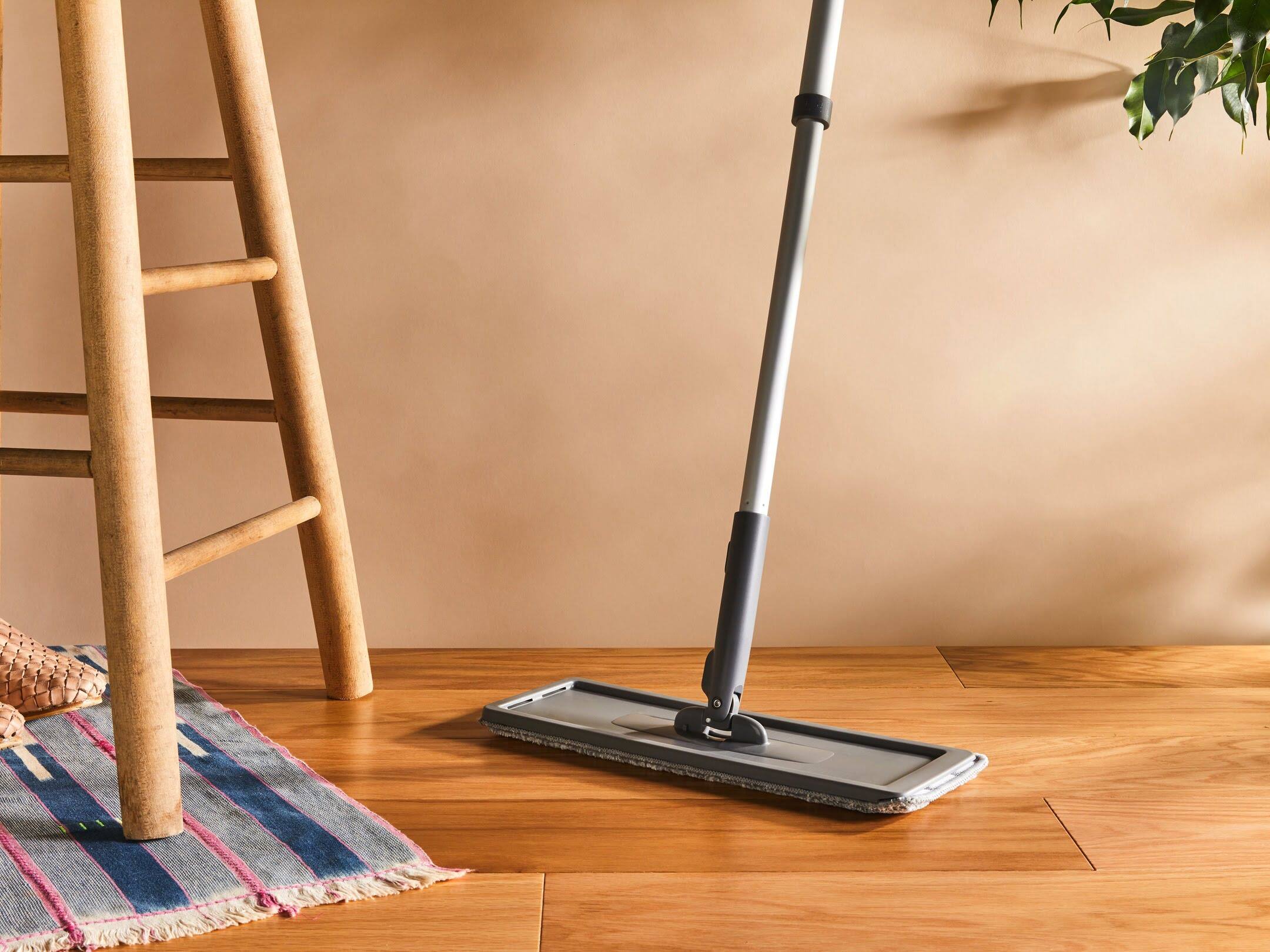
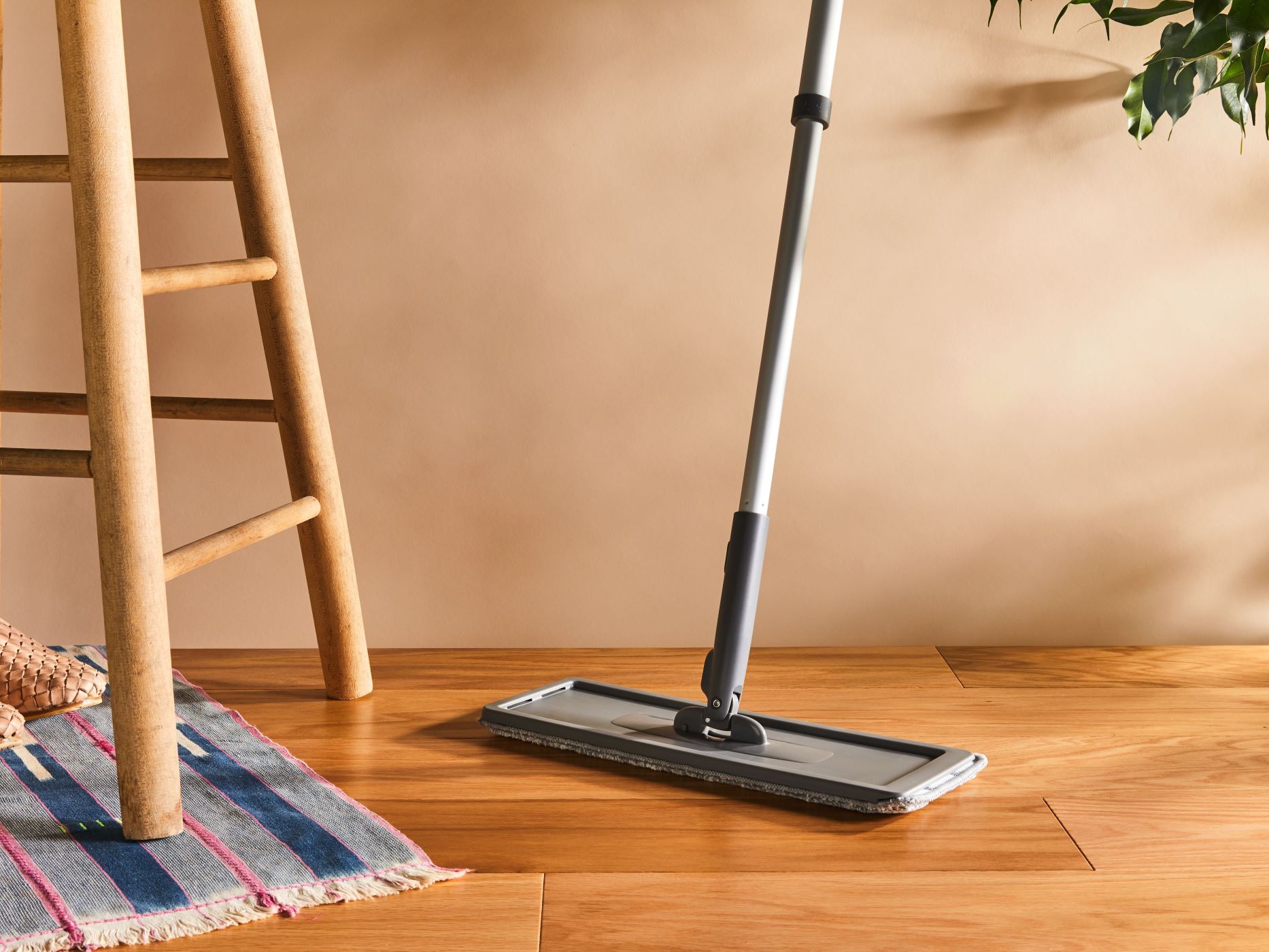
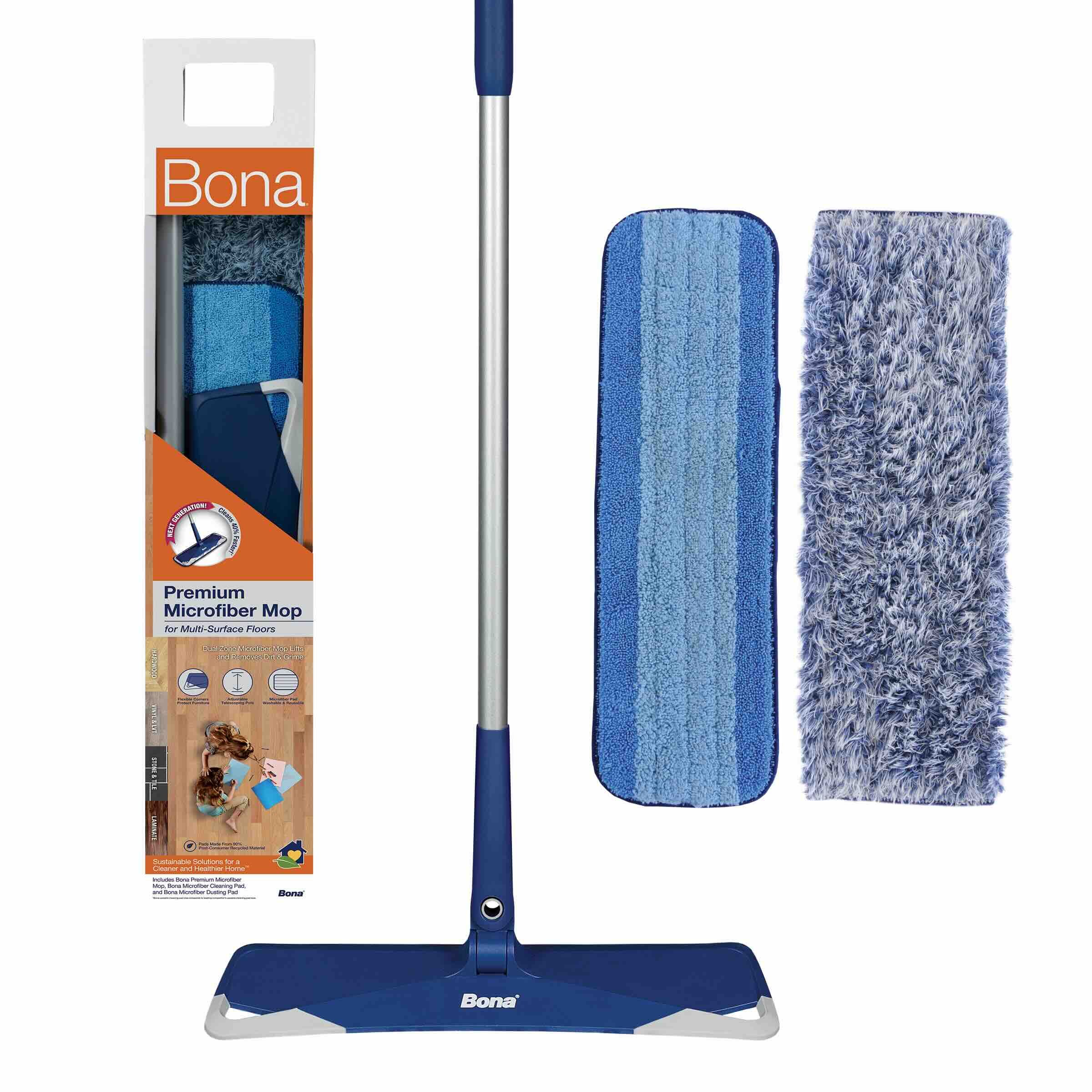
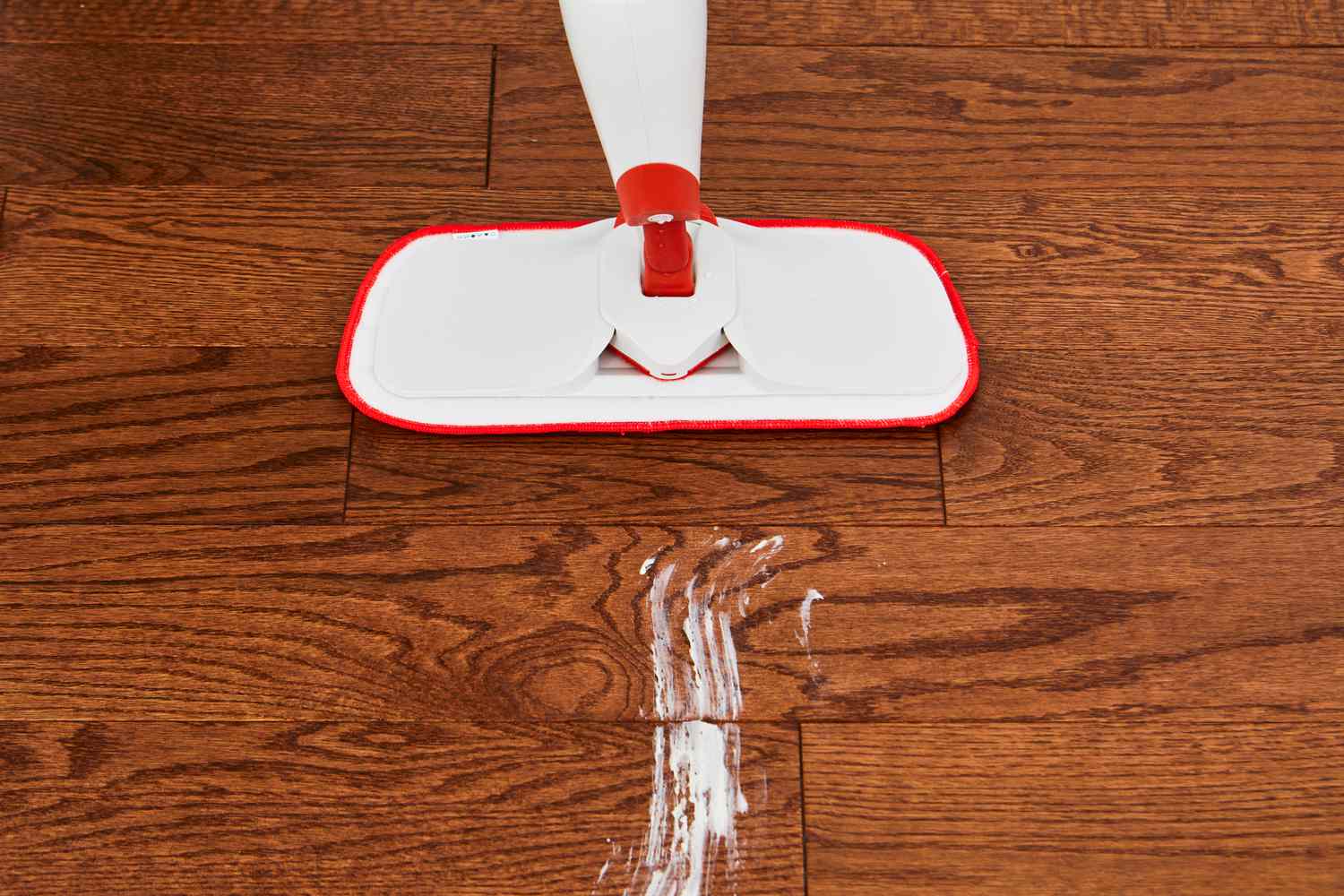
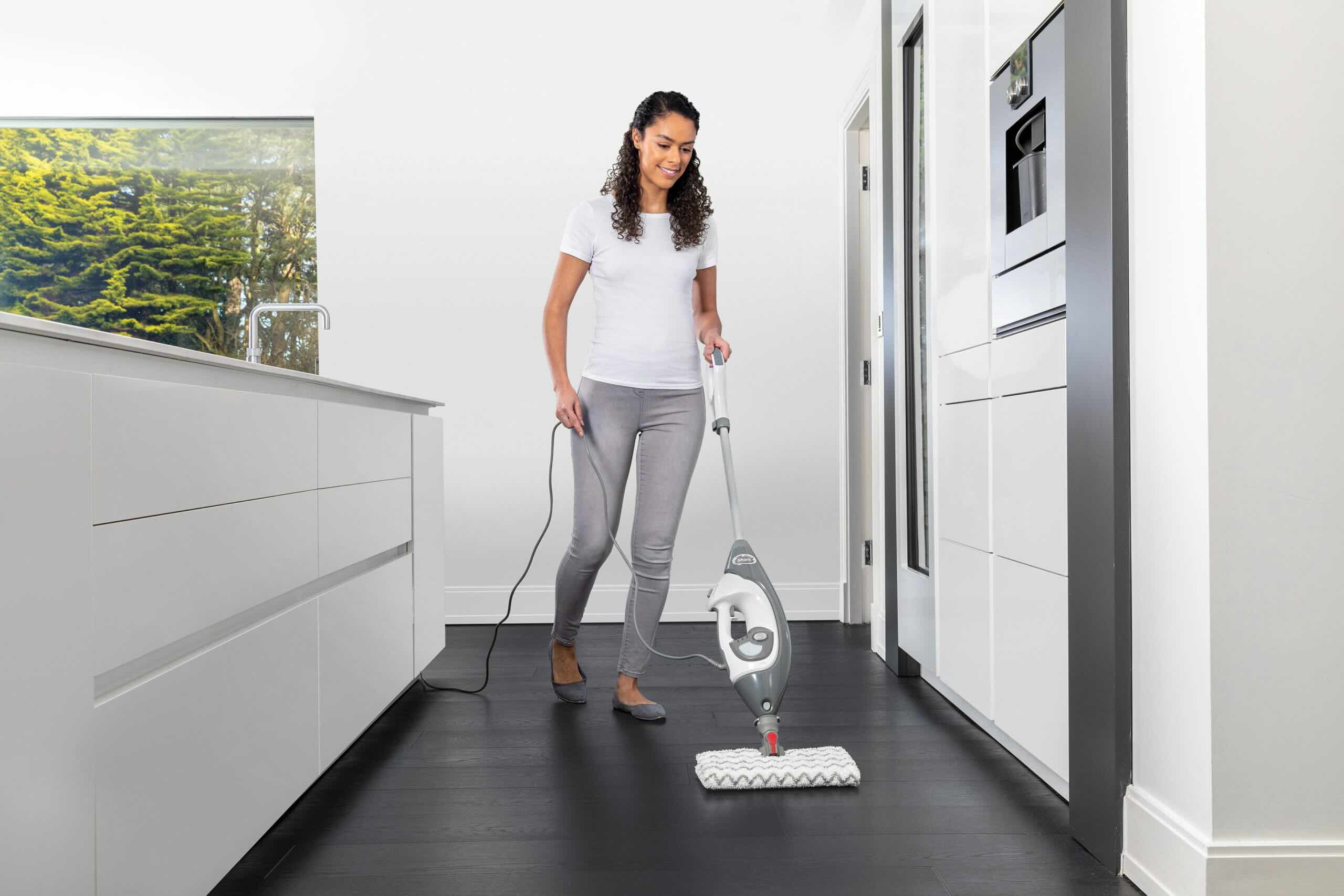
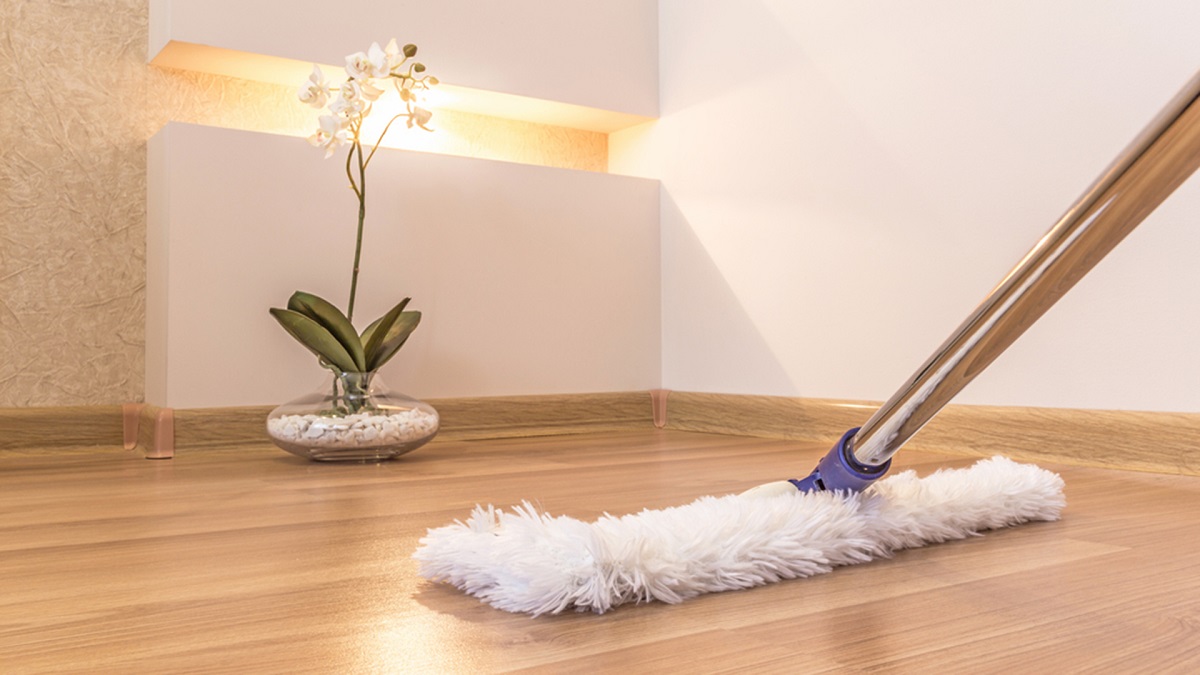
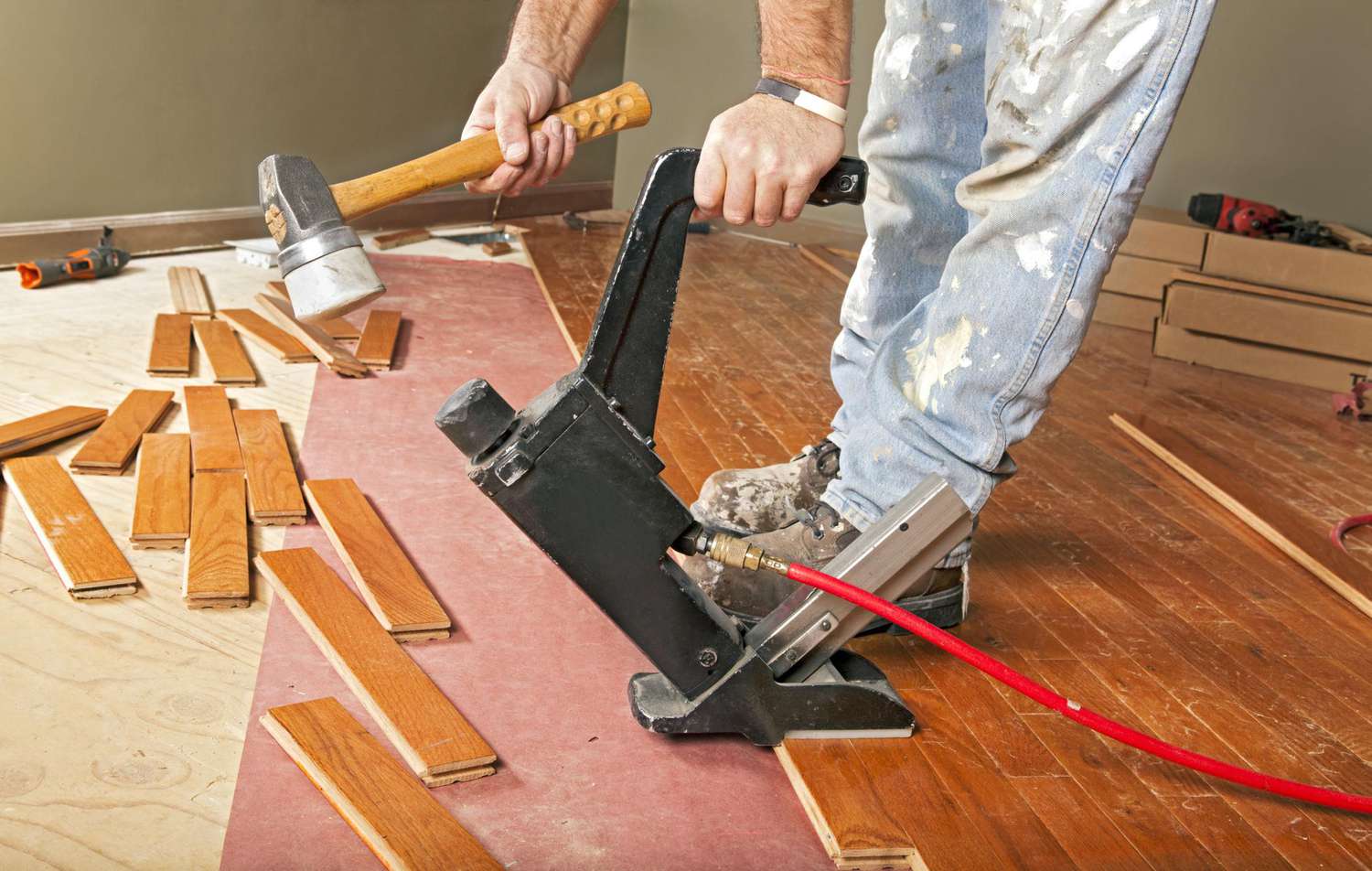
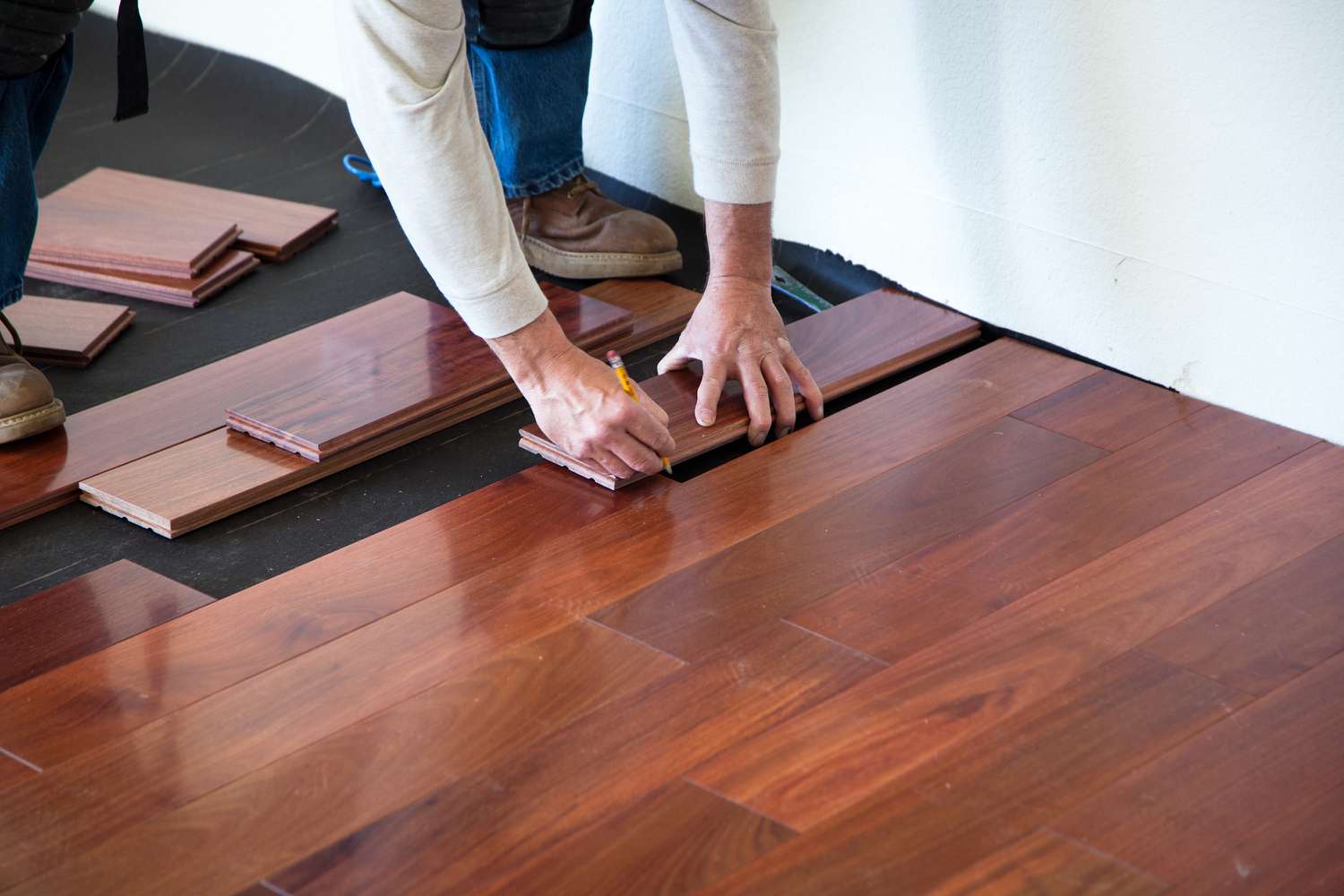
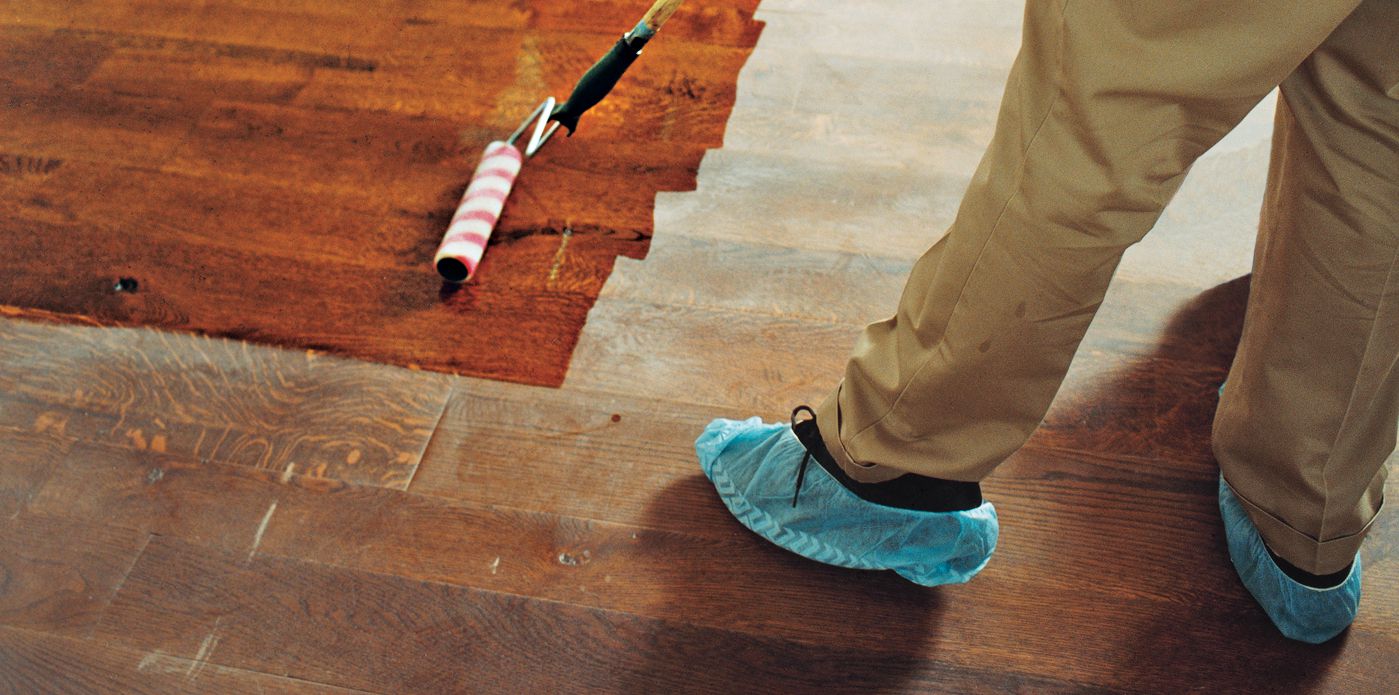
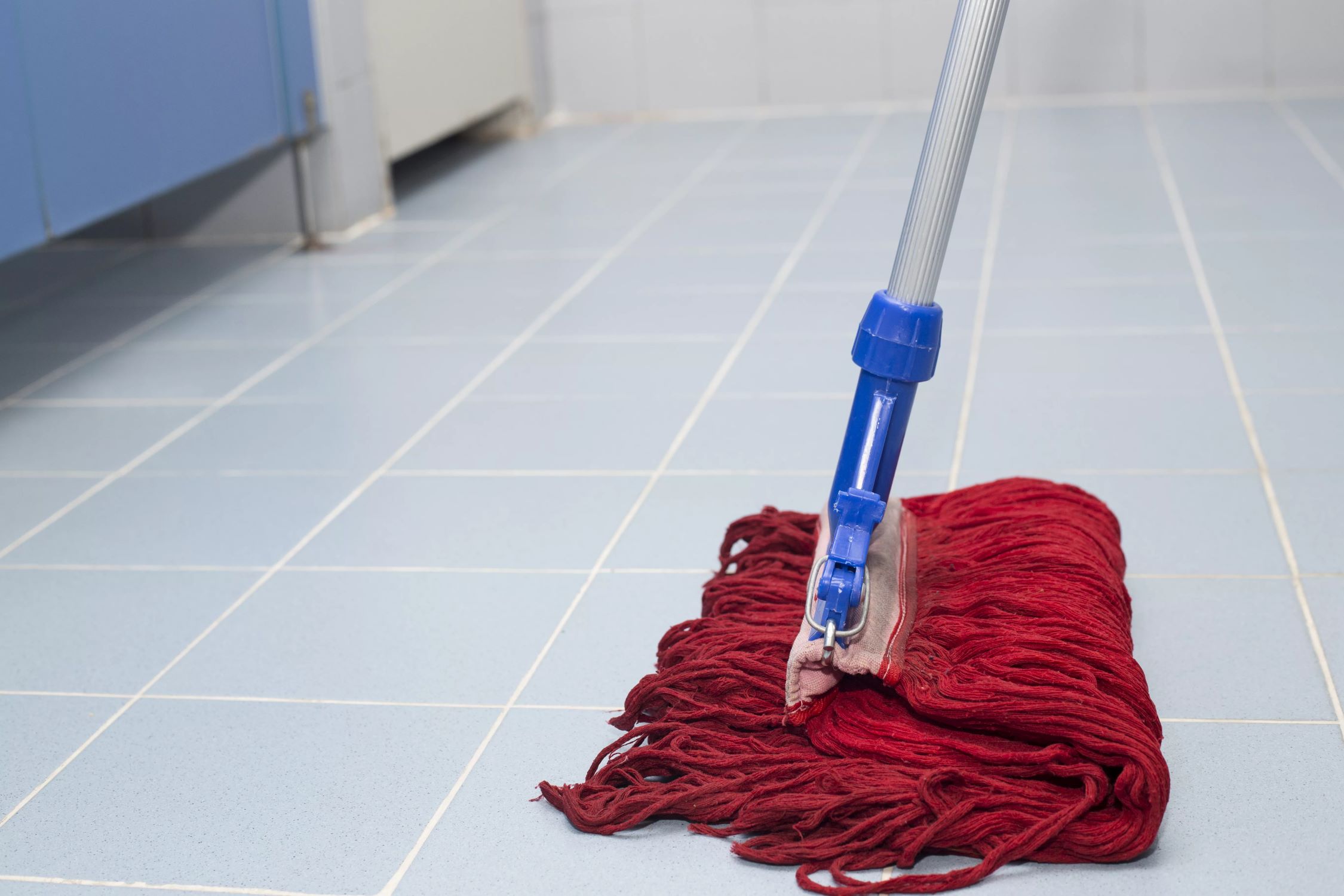

0 thoughts on “How To Mop Engineered Hardwood Floors”